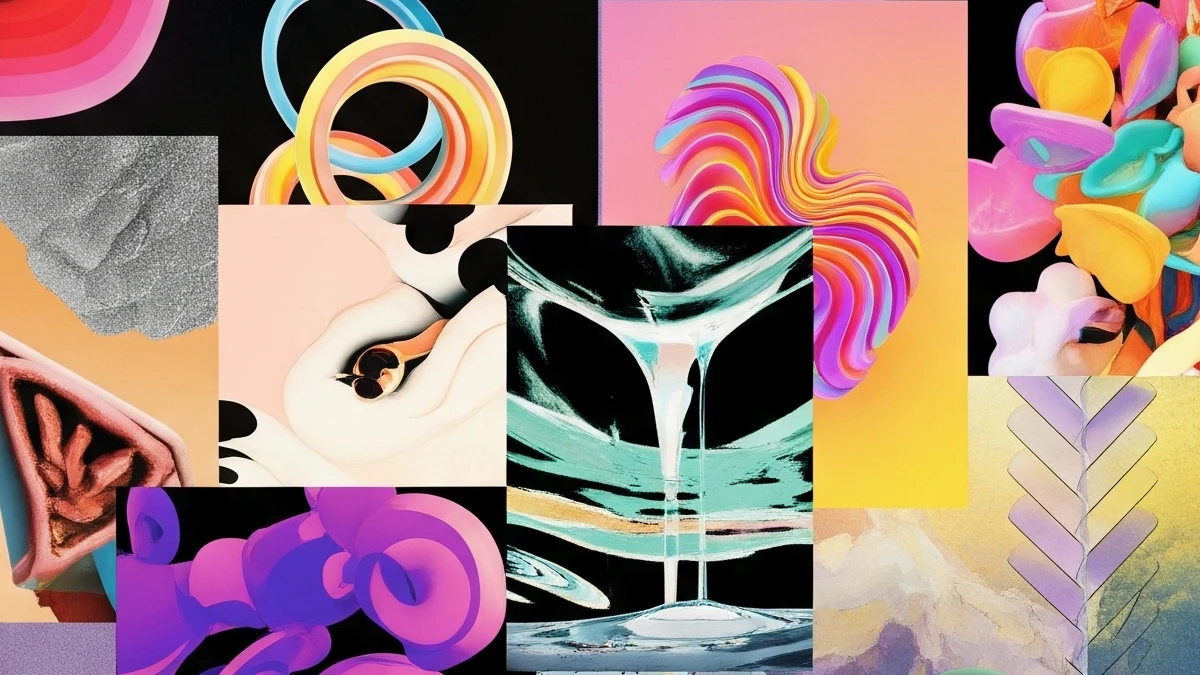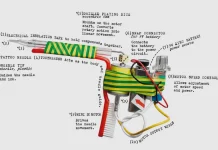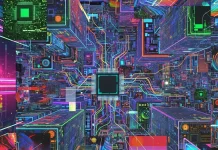The Quiet Rebirth of NFTs in a New Guise
In 2026, the term digital collectibles has replaced the acronym NFT in serious discourse. A massive speculative bubble in 2021–2022 cratered in 2023 and left many assets worthless. That crash could have killed the concept. Instead, it forced a reinvention. In 2026, digital collectibles quietly power loyalty programs, gaming economies, and real‑world asset exchanges. They underpin digital identity and enrich design and art. This article explains how the hype died and why the underlying technology thrives in subtle ways.
The End of Hype: From Speculative Bubble to Infrastructure
How the Crash Reshaped Perception
Digital collectibles started life as non‑fungible tokens. Early projects focused on profile pictures and speculative art. By late 2022, prices collapsed as copycat projects flooded the market, leaving investors with illiquid JPEGs. The crash burned many participants. Consequently, mainstream media declared NFTs dead. However, death cleared the field for builders. In 2026, digital collectibles are no longer about speculation; they provide real services like access, identity, and financial collateral. Investors focus on utility rather than hype. Marketplaces integrate DeFi lending, staking, and yield farming. AI helps buyers discover assets and detect fraud. Cross‑chain compatibility lets collectors move tokens between Ethereum, Polygon, Solana, and Avalanche.
The Rebranding to “Digital Collectibles”
By 2026, companies will avoid the acronym NFT. Major brands and startups already refer to digital collectibles, tokenized assets, or membership tokens. This rebranding reflects the shift from hype to function. It also distances current projects from past scandals. Quietly, digital collectible marketplaces handle billions of transactions and attract institutional investors. OpenSea leads with gasless minting, AI recommendations, and transparent royalties; Blur evolves into a DeFi terminal for high‑frequency traders; Magic Eden becomes the hub of in‑game economies with multichain support. Each demonstrates how platforms compete on features rather than speculation.
The Rise of Utility: Tokens with Purpose
Cross‑Chain Marketplaces and DeFi Integration
Utility tokens drive the digital economy in 2026. Marketplaces integrate cross‑chain bridges so users can mint and trade across Ethereum, Polygon, and Solana. They offer staking and lending so collectors can borrow against assets or earn yield. Smart contracts automatically enforce royalties, ensuring creators get paid. AI analyzes market data and flags counterfeit listings. These features transform static images into productive digital assets.
Real‑World Asset Tokenization and Fractional Ownership
Real‑world asset tokenization has matured. Real estate, commodities, and intellectual property are split into fractional tokens, giving retail investors access to markets once reserved for institutions. Companies create NFT twins of physical assets such as buildings or machinery. The tokens store authenticated metadata and lifecycle information. By 2030, industry analysts expect this market to exceed $230 billion. In 2026, adoption is growing, especially in Abu Dhabi and Asia, where regulation favors blockchain experiments.
Digital Identity and Self‑Sovereign Credentials
Digital identity becomes the currency of trust in the metaverse and beyond. Self‑sovereign identity tokens let users control credentials across virtual worlds, social networks, and services. They replace login passwords with wallet‑based authentication. Enterprises issue access tokens instead of plastic cards. Regulators accept on‑chain credentials as valid proof of identity. These developments transform digital collectibles into passports for a borderless internet.
Gaming and the Metaverse: The Next Frontier
Play‑to‑Earn Evolves Into Play‑and‑Own Experiences
By 2026, gaming will lead the adoption of digital collectibles. Play‑to‑earn (P2E) titles no longer focus on financial rewards alone; they offer cross‑platform experiences, integrated marketplaces, and innovative token economies. Players can continue their adventures on mobile, console, and PC without losing progress. In‑game marketplaces let them buy, sell, and trade digital skins, characters, and weapons seamlessly. Studios design tokenomics with deflationary mechanisms and layered incentives to avoid inflation. AI tailors missions and rewards to each player, increasing engagement and reducing churn. Interoperable NFTs allow assets to travel across multiple games, fostering cross‑game communities.
AI and Programmable Digital Life
Artificial intelligence converges with blockchain to create dynamic collectibles. These intelligent NFTs evolve based on user interaction, market conditions, or external data. They may unlock new abilities, adjust their appearance, or generate content. For collectors, programmable assets offer living art that grows in cultural and financial value. For enterprises, iNFTs power adaptive avatars, educational tools, and personalized brand ambassadors. In 2026, static collectibles look obsolete compared with these living tokens.
The Metaverse as Business Infrastructure
Large companies treat metaverse platforms as essential infrastructure. They host product launches, training, and hybrid events in virtual worlds. Digital collectibles serve as tickets, membership passes, and property deeds within these environments. Analysts expect Fortune 500 firms to allocate significant budgets to metaverse initiatives by 2026, viewing them as integral to digital transformation. Consolidation accelerates as infrastructure providers acquire consumer‑facing platforms. Security and authenticity become critical, prompting the growth of NFT insurance and anti‑counterfeit services.
Design, Art, and Creative Industries in 2026
Generative Art, Digital Twins, and Sustainable Production
The design and art landscape in 2026 is shaped by generative AI and tokenization. Artists use generative models to create unique works that are minted as programmable tokens. These tokens grant collectors ownership and sometimes control over future iterations. Digital twins of clothing, furniture, and architecture reduce waste in production; designers prototype in virtual space before manufacturing physical goods. NFTs store design files and supply‑chain data, ensuring provenance and sustainability. Luxury brands issue digital assets that accompany physical products, blending fashion and digital identity.
Token‑Gated Communities and Brand Storytelling
Brands build communities through token‑gated memberships. Holders of certain collectibles gain access to exclusive content, events, and collaborations. Loyalty programs shift from generic points to tradable assets. Surveys show digital loyalty schemes increase customer retention by up to 40% and boost brand advocacy. Nike’s swoosh lets participants co‑create sneaker designs. Starbucks uses tokens as stamps for its Odyssey program, unlocking unique blends and experiences. These initiatives illustrate how digital collectibles turn customers into co‑owners of a brand narrative.
Market Outlook and Economic Forecasts
Growth Projections and Engagement Metrics
Market research predicts the NFT sector will grow by roughly USD 84 billion from 2025 to 2029 with a compound annual growth rate of around 30%. Marketing services alone are forecast to grow at nearly 20% annually from 2026 to 2033. Engagement metrics mirror this expansion: brands using digital collectibles report 25–40% increases in customer involvement and repeat purchases. Loyalty programs see retention jumps of up to 40%. P2E games and digital art platforms project user bases doubling as cross‑game interoperability and AI‑driven experiences mature.
Regional Dynamics and Regulatory Shifts
North America remains the largest market, but Asia‑Pacific is catching up quickly thanks to tech‑savvy consumers and supportive policies. The United Arab Emirates positions itself as a hub for Web3 innovation with clear regulations and major events. Regulatory frameworks in the United States and Europe clarify the status of digital assets, reducing risk for investors. Governments and industry bodies draft standards for royalties, metadata, and interoperability. Improved regulation boosts institutional confidence and invites mainstream adoption.
Personal Reflections and Critical Perspectives
As a design critic, I am fascinated by the quiet evolution from speculative NFTs to functional digital collectibles. The early hype obscured the deeper potential of blockchain for design and art. In 2026, creators and brands use tokens thoughtfully. They design experiences that offer genuine value: access to communities, participation in design decisions, and ownership of cultural artifacts. However, caution is warranted. Environmental concerns persist, though energy‑efficient chains mitigate impact. Market volatility remains a risk. Educating consumers and ensuring accessibility are crucial. Simplicity and clarity should guide token‑based experiences; complex mechanics risk alienating audiences.
Conclusion: Digital Collectibles as the Foundation of Web3
NFTs may have died as a buzzword, but digital collectibles thrive in 2026. They underpin gaming, design, and art ecosystems, power loyalty programs, and enable real‑world asset tokenization. They serve as the building blocks of digital identity and business infrastructure. Designers and brands that embrace utility, interoperability, and sustainability will lead this new era. Digital collectibles are not just a trend; they are the quiet foundation of Web3’s transformation of ownership, creativity, and commerce.
Feel free to browse WE AND THE COLOR’s AI, Art, and Design categories for more.
Subscribe to our newsletter!

















